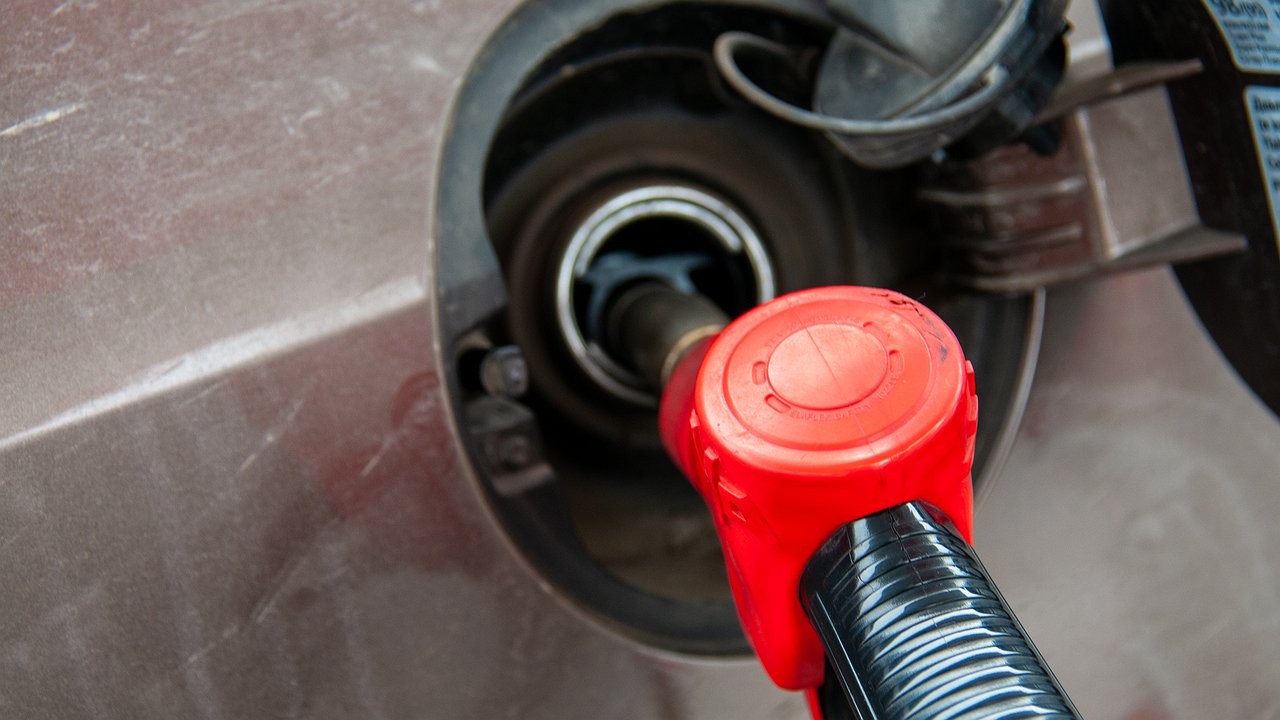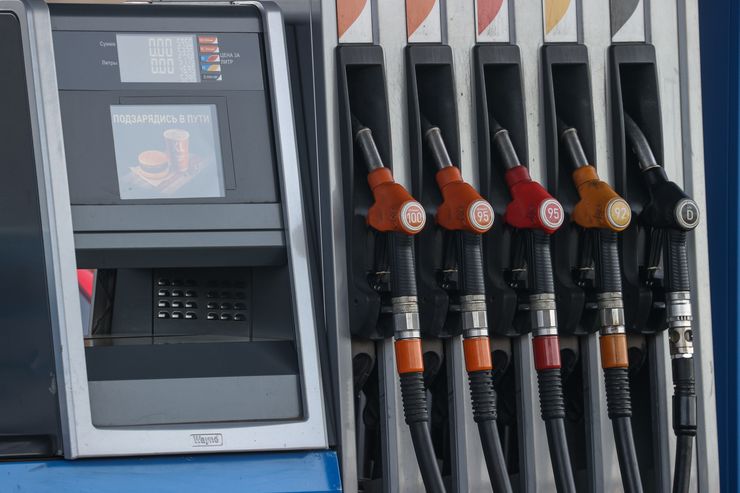As a result, in the south of Russia, right during the harvest season, a number of gas stations physically ran out of fuel, and agricultural producers were forced to buy diesel fuel for more than 100 rubles per liter.
The case of the Lukoil oil refinery (which, by the way, supplies Moscow with gasoline) clearly indicates that the “safety margin” of foreign equipment, used in almost all oil refineries in Russia, is apparently running out. And in the future, the likelihood of incidents like those in Nizhny Novgorod will only increase. The halt in production at the Nizhny Novgorod refinery has already led to a rise in fuel stock prices – within a few percent.
At first glance this is unimportant. But now it’s winter. Gasoline consumption has traditionally been reduced. Imagine what would happen if something similar happened simultaneously at a few large refineries in the European part of Russia in June-August, during the massive holiday season. We’ll get a repeat of last summer’s plot – with a sharp increase in prices at gas stations and a physical shortage of fuel at retail.
The authorities have effectively put an administrative stop to the latest fuel crisis: they have introduced a moratorium on the export of petroleum products and resumed payments to oil workers as part of the “dampener”. The unpleasant news is that disruptions at the refinery cannot be eliminated with such measures. And if oil workers and authorities don’t address this problem now, next summer could be in for an extremely unpleasant, but predictable, surprise.














